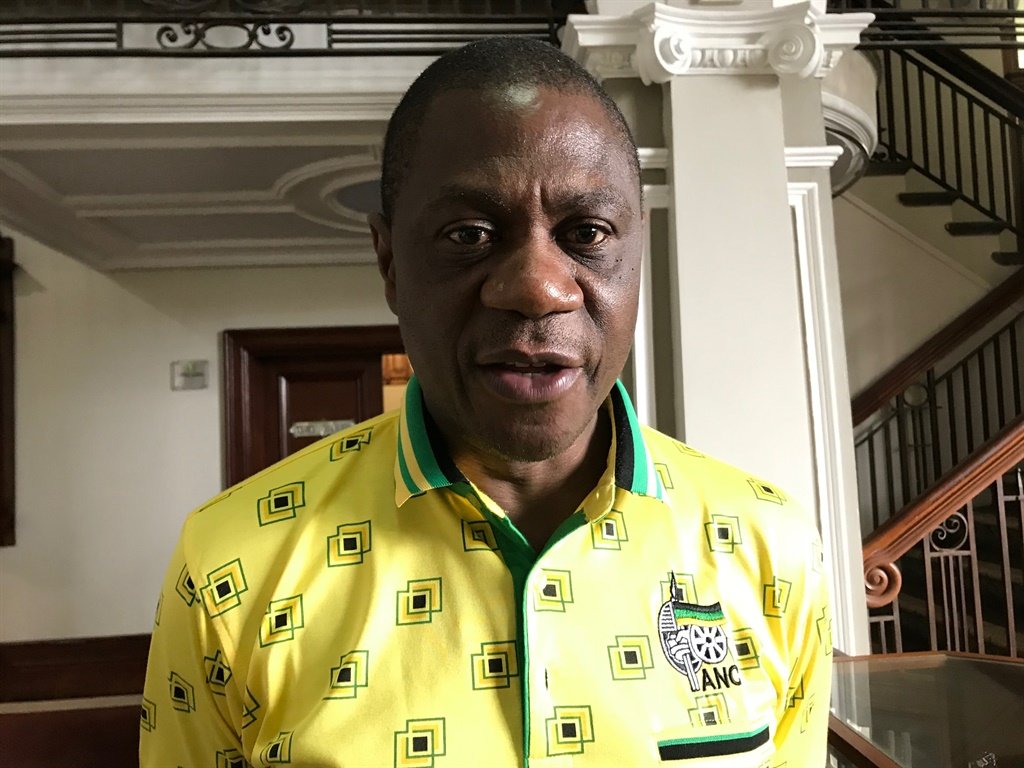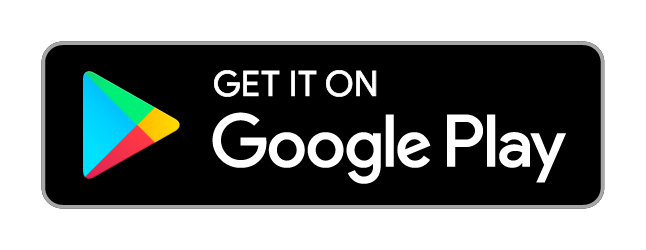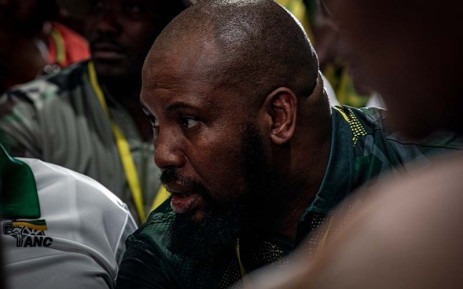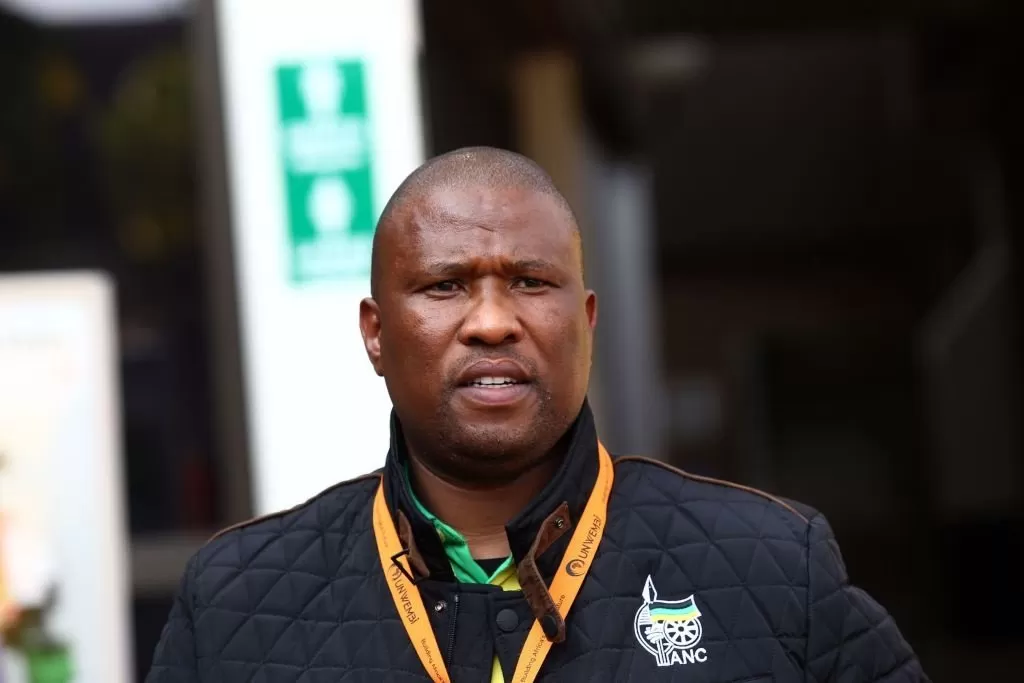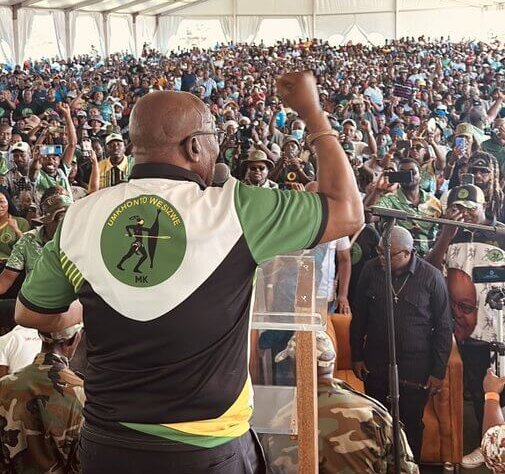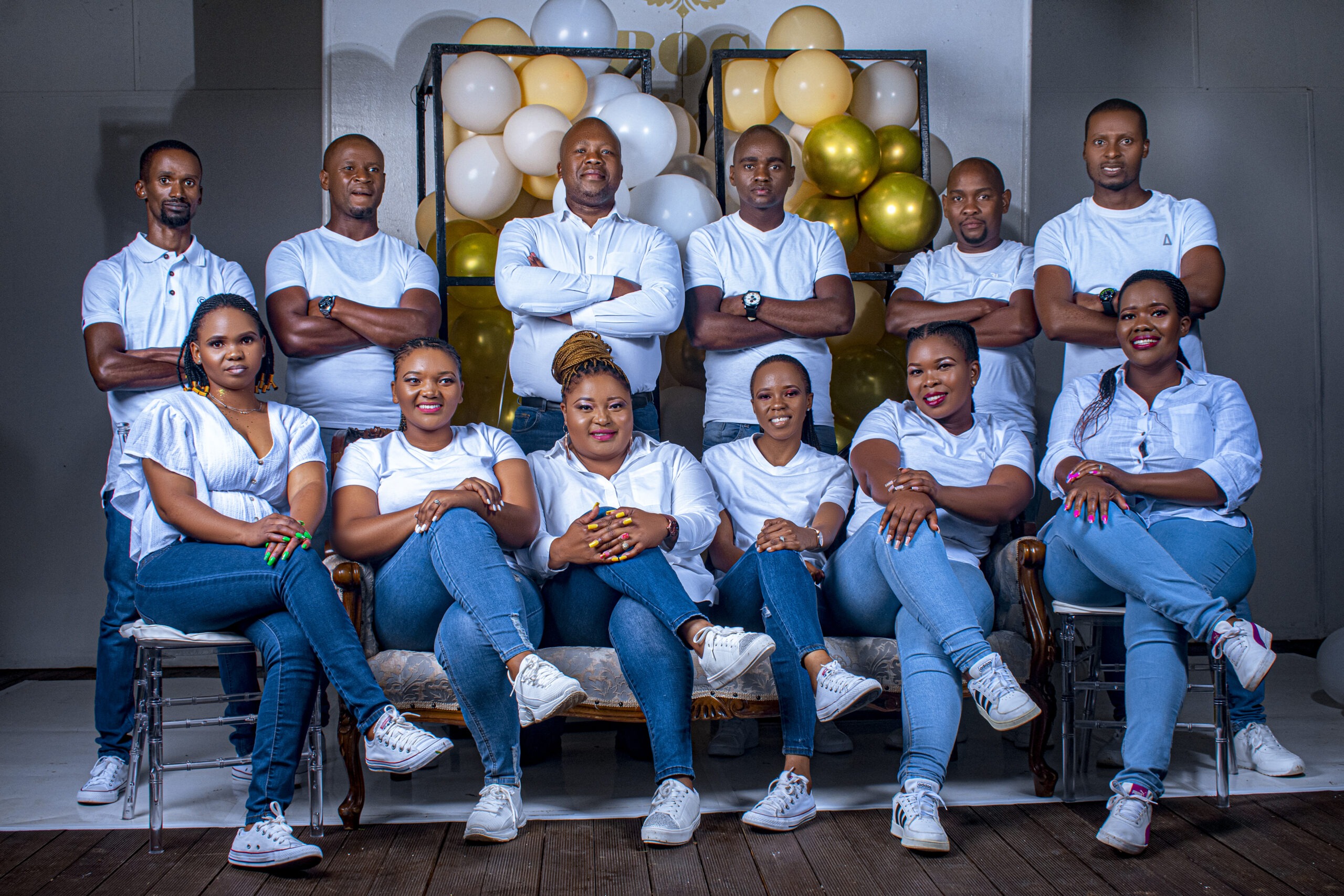The ritual of male circumcision, a coming of age from boyhood to manhood, is practiced by many African South African males, including amaXhosa people. However, from the middle of the 1990s to the present, there has been a barrage of reporting in the media, academic research, and other forums, about the growing crisis of deaths and injuries of young men undergoing ulwaluko. In addition to the publicized reports of this crisis, the public, including families who have first-hand experience of going through the trauma of seeing their children die or suffer injuries, has long called for appropriate interventions to reverse the situation before it happens. While these unfortunate events occur throughout South Africa’s provinces, the Eastern Cape Province has led in every category, with about 100 deaths, more than a thousand hospitalizations and over 20 penile amputations per year, for a good part of the last 30 years. There are arguments that these statistics are conservative, meaning that the crisis is much worse. For most of the last three decades health experts, the state and the public have blamed these deaths and injuries on ‘botched circumcision’, inclusive of a surgery that is not done properly, and poor wound management that includes poor infection control, to mention an example. Despite the passing of two provincial legislation- the Application of Health Standards in Traditional Circumcision Act (No.6 of 2001), otherwise known as the Circumcision Act, and the Eastern Cape Customary Male Initiation Practice Act (No.5 of 2016) – and the national Customary Initiation Act (No. 2 of 2021) to legislate who can undergo the ritual, how and by whom, the crisis continues with no signs of waning. These legislated policies are accompanied by many interventions, such as monitoring visits in initiate spaces by politicians, traditional leaders and health officials. It has become clear that legislation, policies and program interventions are targeted at ‘botched’ circumcision. However, there is increasing acknowledgement that framing the health crisis in ulwaluko as being caused by botched circumcision is problematic, because it reduces it to what goes wrong with the surgery and follow-up wound management. This approach misses the broader context of the crisis, including the social and legal contexts in which the crisis thrives.
As a medical anthropologist who has studied and participated in numerous activities organized by government agencies, non-government organizations and so forth, to mitigate the crisis in ulwaluko, I decided to write this article to reflect on one focus area that seeks to look at broader than botched circumcision in a more hands-on approach. The World Health Organization (WHO) has a set of recommendations for infection control during ritual male circumcision, emphasizing the importance of medical ethics, human rights and holistic management of the process. The kind of infection control that WHO suggests is embraced in South Africa, but I argue that the implementation of this idea is not consistent with the principles. For example, for a good part of the last three decades of the crisis in ulwaluko health professionals have sought to train doctors, nurses, clinicians, traditional surgeons and traditional nurses to reduce or eradicate botched circumcision, that way contributing to infection control. In short, in the traditional setting the trend has been to train traditional surgeons and nurses on hygiene, appropriate way of cutting the foreskin and how to tend for the wound. While this can be considered as a positive intervention, I argue that it also remained inadequate, as it ignored the socio-legal context. This is where I come in. In short, I share an approach that I developed that is making a strong attempt at the holistic approach to infection control that WHO and the South African government hope would move the needle in this crisis.
Over the last few years, based on invitation by collaborating entities, I have designed a training that seeks to holistically contextualize ‘botched’ circumcision, as well as be more inclusive, accommodating and impactful. In almost 15 years of work in the space of ulwaluko I realized that the training of traditional surgeons and nurses was not making a difference, as this was mainly done by male doctors or nurses, and mainly focused on clinical issues. I therefore developed a syllabus that focused on three things, which culminated in a manual that I have used in training traditional surgeons and nurses, as well as other key stakeholders from communities where ulwaluko takes place. Most of the trainings have been in the Eastern Cape, while some were done in the Western Cape and Gauteng, all with great success and feedback. What makes the manual and training unique? The manual and training are divided into three sections. The first section deals with social, cultural and historical details relating to ulwaluko. This section is included because I believe it is an acknowledgement that the trainees come from certain social and cultural backgrounds, which may differ by region, even in one province, but these backgrounds could positively or negatively affect any clinical training they get. The uptake or impact of training, I argue, needs to acknowledge where people are at culturally, in terms of beliefs and ways of doing things, and the instructor must journey with them in understanding infection control and safety in ulwaluko from those socio-cultural perspectives. During training discussing these socio-cultural issues allows the instructor to first understanding possible knowledge gaps that are tied to cultural beliefs, as well as find ways in which the trainer can educate or journey with them in understanding dangers and ways of avoiding them in ulwaluko. Some of the deaths and injuries during ulwaluko originate from historical beliefs, ideas that water is bad for initiates, and some food, including nutritious one, are bad, to a belief that initiates could be made strong men through punishment, or taken through various strength tests, which may include sleep, food and water denial. The second section of the manual deals with legal issues. This introduces trainees to the Constitution and ulwaluko legislation in existence. In particular, the trainees are introduced to the Bill of Rights (Section 2 of the Constitution), which lays out the rights for all people, including initiates, such as the right to life, food, water, protection from violence, to mention a few. This is important because Constitutional violations in ulwaluko are rife, but these are often couched as part of culture. It is/ important for trainees to get a good lesson on why going against these is illegal, as the Constitution is the supreme law of the country. The third section of the manual deals with clinical issues around infection control, safety and nutrition. Most importantly the clinical section covers anatomy, including showing the participants the different parts of manhood, both in normal and abnormal states. This section also covers how to identify looming trouble in the wound, as well as what to do, including seeking additional help. Health and safety, including in performing the surgery and wound management, are central messages.
Finally, these trainings are inclusive in the sense that they are delivered in the languages spoken in that area, and are not solely focused on traditional surgeons, but include other key decision makers on ulwaluko, as their influence can aid or stall learning others receive. Of course being inclusive is challenging, as one has to remain versatile and flexible. Based on experience since I developed these manuals, I see hope if they are adopted broadly. If they are watered down however, this can be counter-productive. One has to fully understand and appreciate the idea behind the approach, as well as patience, time and financial investment required. One thought I have, and of course working within the bounds of being discreet about where these are discussed, I believe that there is value of extending an adapted version of these trainings to young boys before they go for ulwaluko. This would allow them not to be spectators in in their own health, but to be informed participants who are equipped with knowledge of their Constitutional rights and infection control. I wrote this article because I believe we have seen enough deaths and injuries within something that is so sacred in our culture.
Ayanda Nqeketo is a medical anthropologist and director of the Ikamva Lesizwe Institute. He has many years of experience working in the space of ulwaluko in the Eastern Cape and beyond.
Unlock Exclusive Content!
Subscribe to the Pondoland Times weekly newsletter for trusted alerts on SASSA payments, NSFAS funding, and breaking local news. Get exclusive interviews, community features, and verified stories you can rely on—delivered straight to your inbox.





